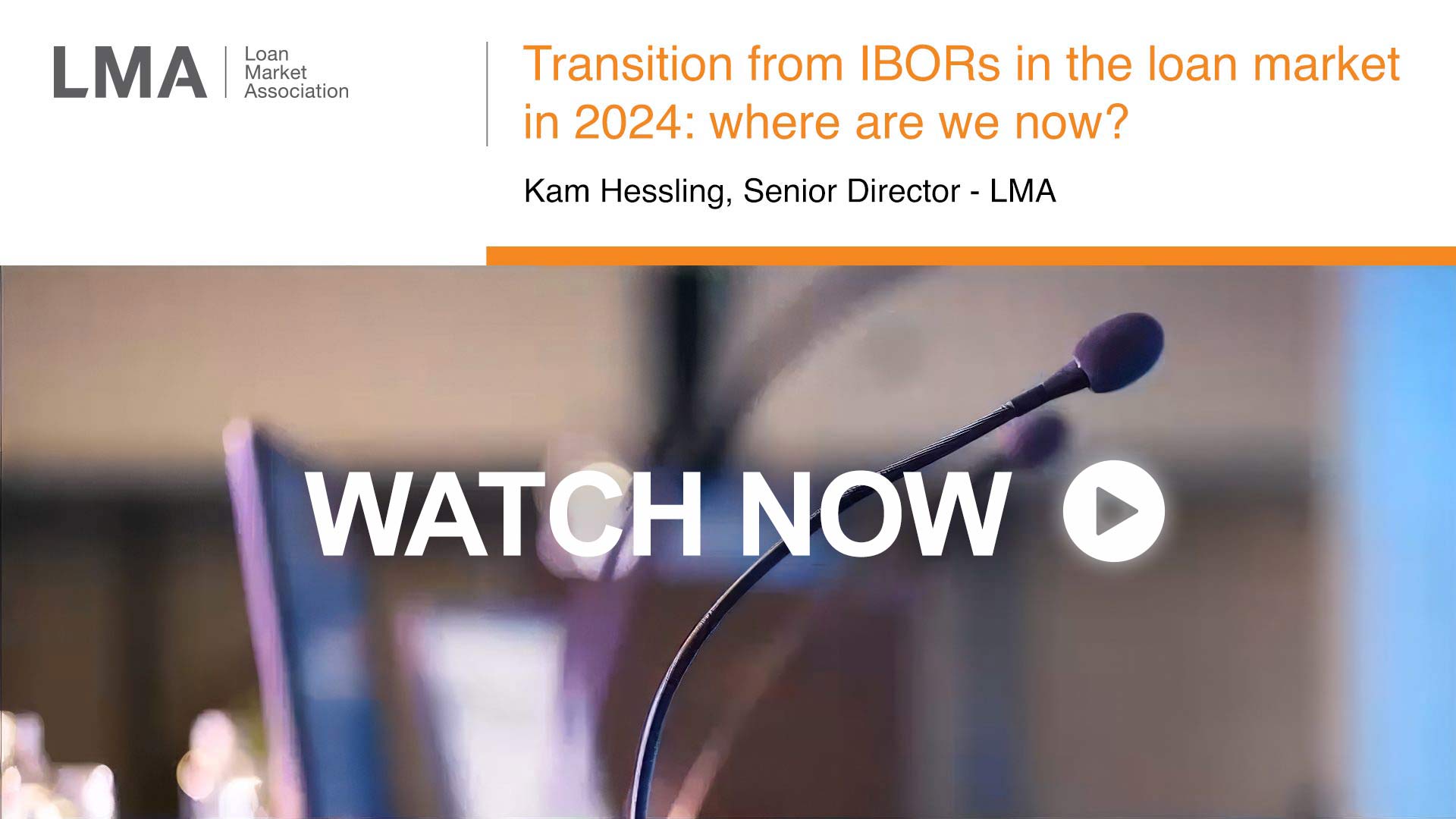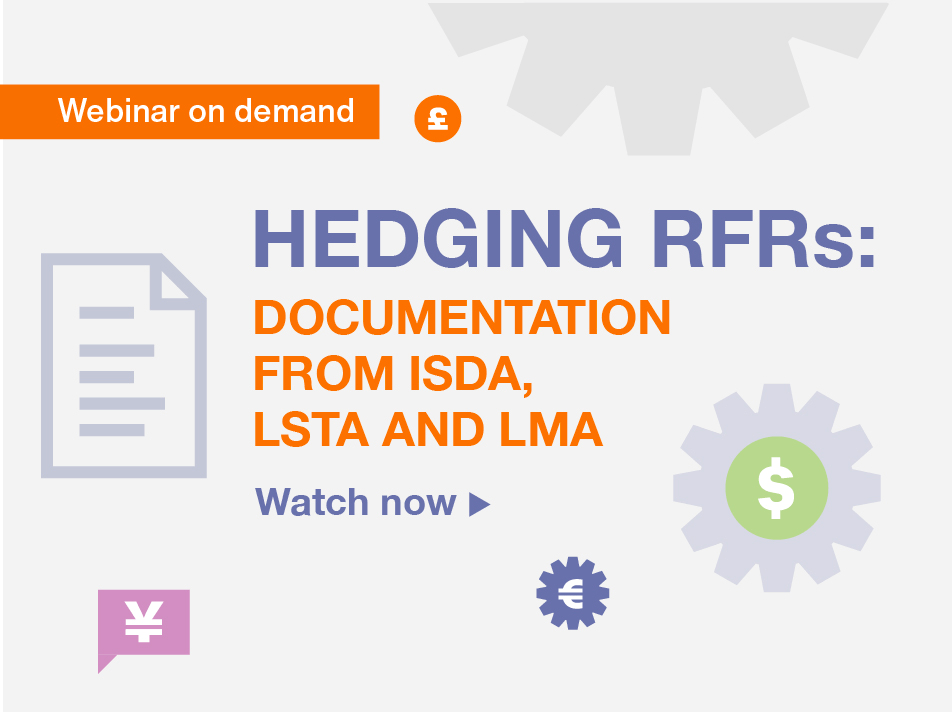
IBOR Transition
LIBOR is an interest rate benchmark which has been phased out. No new loan facilities are able to use LIBOR. As of 1 October 2024, there are no remaining LIBOR settings being published. There is still some ongoing work on the transition of legacy LIBOR facilities and there is work to do in transitioning IBORs in a number of currencies and strengthening fallbacks to remaining IBORs (namely EURIBOR). The LMA continues to work with the market, other trade associations and the regulators on RFR transition and will continue to keep the market updated through this microsite as well as regular blogs.
Countdown to cessation of synthetic US dollar LIBOR
(1-month, 3-month & 6-month synthetic US dollar LIBOR)
Latest News
Poland: NWG launches second round public consultation on the selection of alternative indices to WIBOR
The Steering Committee of the National Working Group on Benchmark Reform (NWG) has launched an additional round of public consultation aimed at selecting alternative indices to WIBOR. As a follow up from the first round of public consultation launched earlier on 24 May 2024, the NWG Steering Committee seeks views on the modified list of alternative indices and interest rate index proposals.
The consultations will not include the WIRON, WIRON+ or WRR indicators. Instead, in line with expectations expressed in the previous round of public consultations, WIRF- and WIRF+/- were added to the WIRF and WIRF+ index proposals.
The consultation closes on 31 October 2024.
Click here to access the consultation paper, and here for further background on the consultation.
The End of LIBOR: A Joint Milestone for Financial Markets
On 30 September 2024, the final synthetic LIBOR settings were published, officially marking the end of LIBOR. This was a significant milestone and the Bank of England, the Financial Conduct Authority (FCA) and the Working Group on Sterling Risk-Free Reference Rates published a joint press release to mark the occasion.
Synthetic LIBOR was introduced as a temporary solution, providing firms additional time to transition outstanding legacy contracts towards RFRs, facilitating an orderly and smooth cessation process. With LIBOR now fully phased out, the Working Group on Sterling Risk-Free Reference Rates has fulfilled its objective and will be wound down from 1 October 2024.
US: Fed launches post-LIBOR Reference Rate Use Committee
Reflecting on the lessons learned from LIBOR transition and the importance of the financial industry and the public sector working together, the New York Fed has launched the Reference Rate Use Committee (RRUC). This is a sponsored group of private market participants to support integrity, efficiency, and resiliency in the use of interest rate benchmarks across financial markets, including those produced and administered by the New York Fed.
The RRUC will focus on key issues regarding reference rates in a post-LIBOR world, including how their use is evolving and how the markets underpinning them may be changing too. It will promote best practices related to the use of reference rates, including the recommendations set out by the ARRC amid the transition away from LIBOR.
Resources
LMA and APLMA publish joint call to action on remaining USD LIBOR transition
click here to to access the LMA and APLMA's joint call to action on remaining USD LIBOR transition.


